Whelk! 13 classic British foods you should try in 2023
Britain is home to some of the most culturally iconic foods that we can still enjoy today. With so many cultures and diverse food tastes, the culinary palate has a space for every flavour profile.
British foods range from the well-loved Sunday roast to the not so conventional meals such as jellied eels, laverbread, and the Scottish Spotted Dog Pudding (Spotted Dick). We all love the occasional pizza or pasta take out meal, but there are some traditional recipes that have been around for generations and always seem to hit the right spot and are a must try (if you haven't) in 2023.
Gala Bingo has curated a top 13 list of British culinary delicacies, which over the years have stood the test of time and continue to have some of us in our feels.
1. Pigs in blanket
Pigs in blanket or also known as kilted soldiers are served during Christmas as a side dish. It is said that the dish was popularised by famous chef Delia Smith, when she included a recipe in her cookbook, Delia Smith’s Christmas in 1990. The dish consisting of small sausages wrapped in bacon is served in the United Kingdom and Ireland.

2. Bubble and squeak
If you have any leftovers for Christmas, this is the perfect dish to create the next day. Bubble and squeak dates back to the 18th century in England and the name is said to come from the sound that is made when the ingredients are being fried. The dish originally contained beef but it is thought that due to food rationing and the scarcity of beef in the mid-20th century people resorted to mashing the vegetables to create what we now know as bubble and squeak.
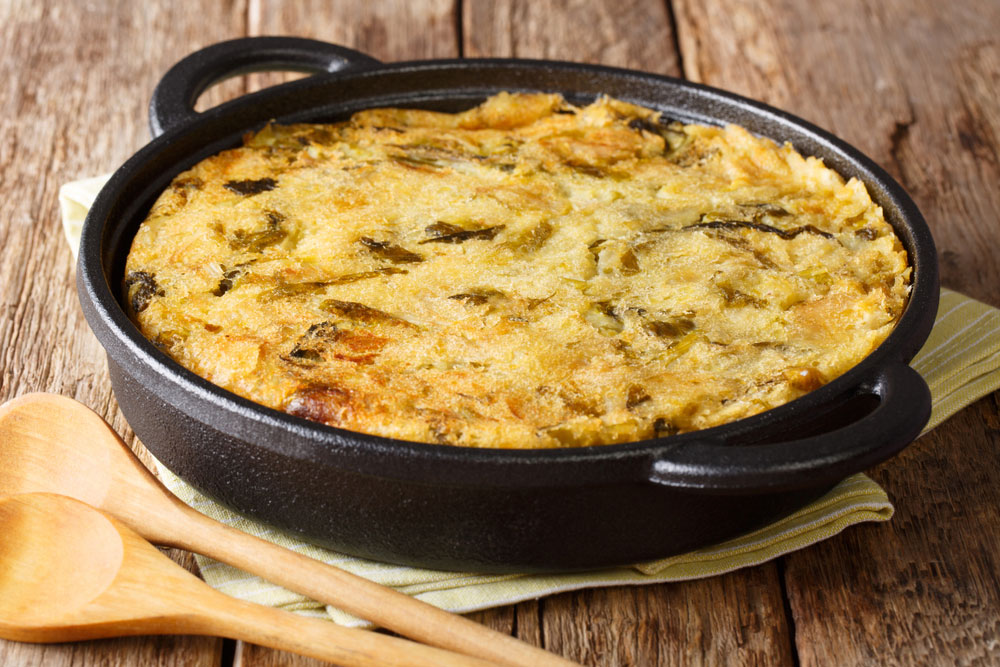
3. Frumenty
Known for its sweet taste, Christmas pudding is a staple for some at the Christmas table. The history of the pudding is quite interesting as it started off as a porridge known as frumenty. Frumenty which had beef, mutton, raisins, wines, currants and spices was a staple and would be eaten around Christmas time in the 14th century. Over the years frumenty has gone through many recipe and name changes to what we know today as Christmas pudding.
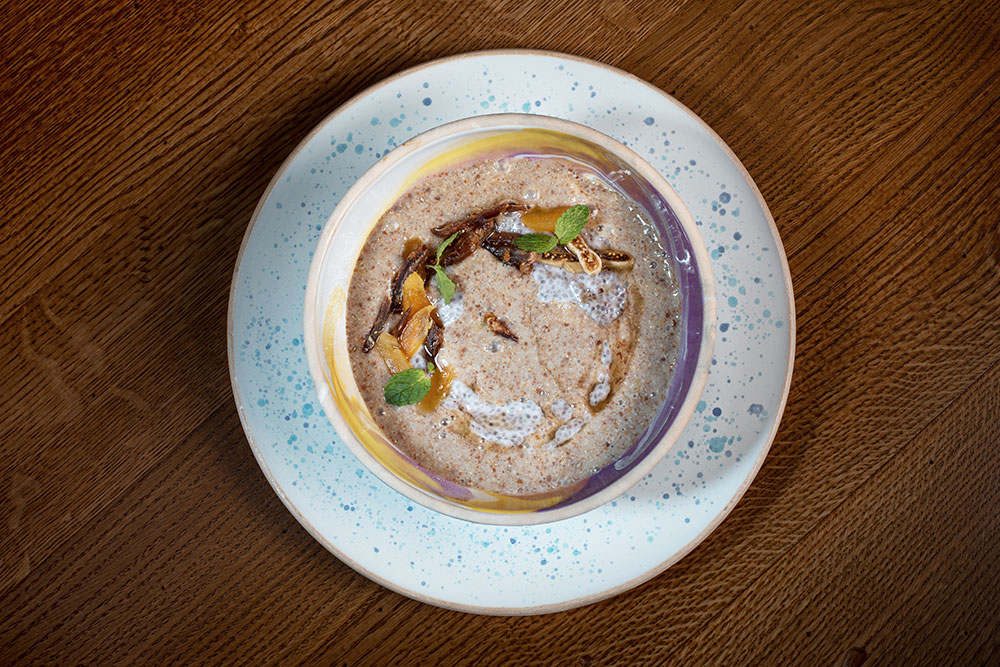
4. Whelks
A traditional dish of fat sea snails that can be acquired at an affordable price. They are easy to make and lend themselves to a variety of flavours. Whelks are usually sold already cooked and shelled and can be eaten with a sprinkling of vinegar, or with slices of bread and butter. The chewy flesh is quite juicy and salty. These snails are available year-round, but did you know that they are at their best from September to February?
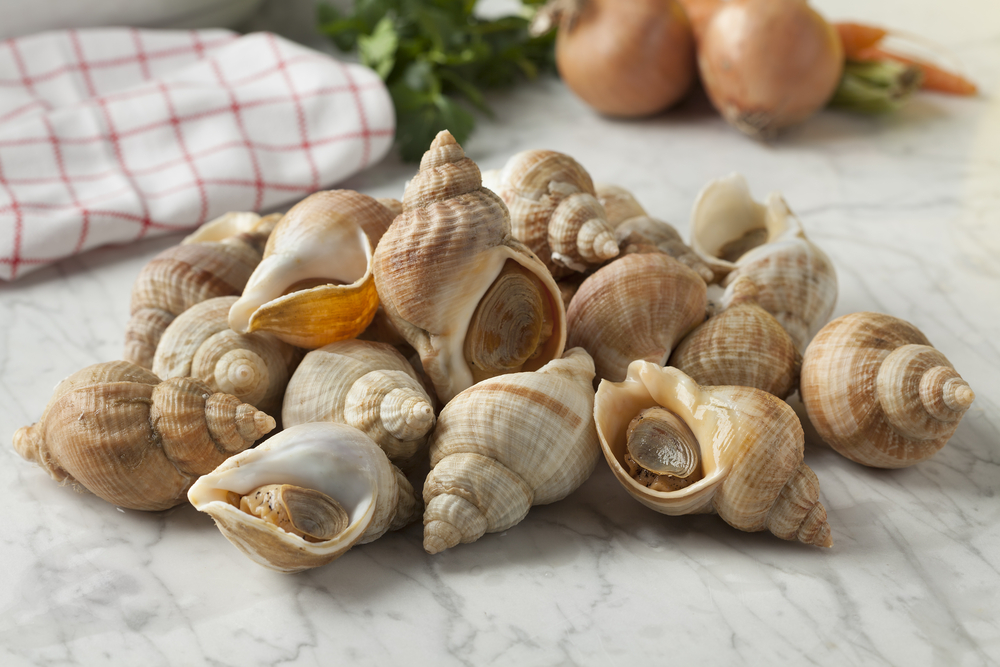
5. Spotted dick
From the loins of a sheep to the school dinner table, spotted dick is a dense and delicious combination of sugar, flour, currants and the raw, shredded fat found around the loins and kidneys of a sheep. The word 'Dick' in Spotted Dick most likely originates from the shortened Old English names for pudding: puddog or puddick. In Scotland it is often called Spotted Dog Pudding.
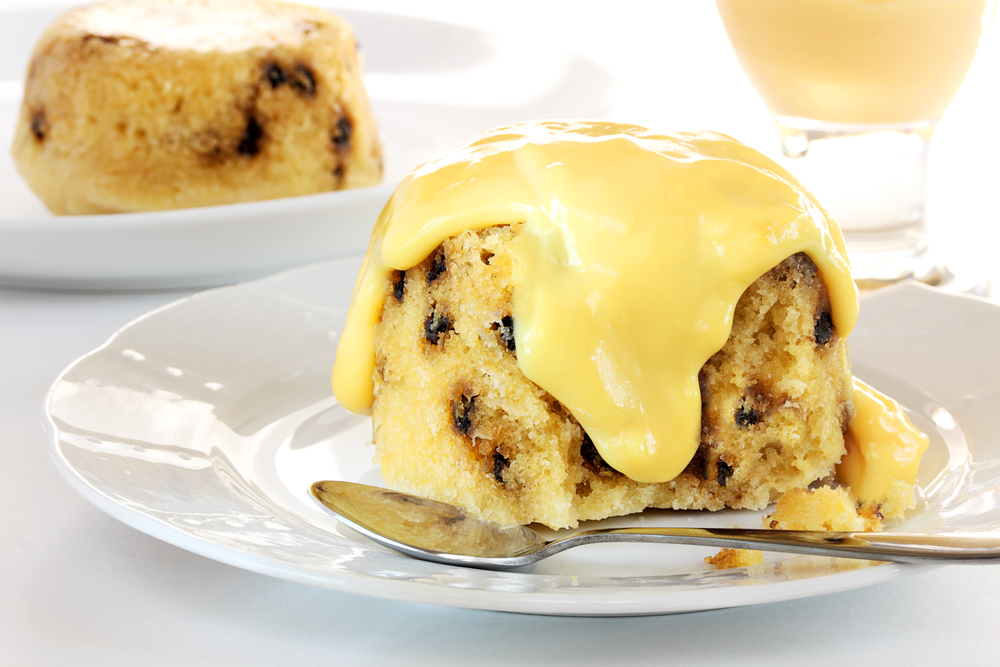
6. Jellied eels
Originating in the 18th century, jellied eels are a traditional English dish that consists of chopped eels boiled in a spiced stock that is allowed to cool and set, forming a jelly. It is usually served cold. Fun fact: Eels tend to live for 85 years, longer than most humans!
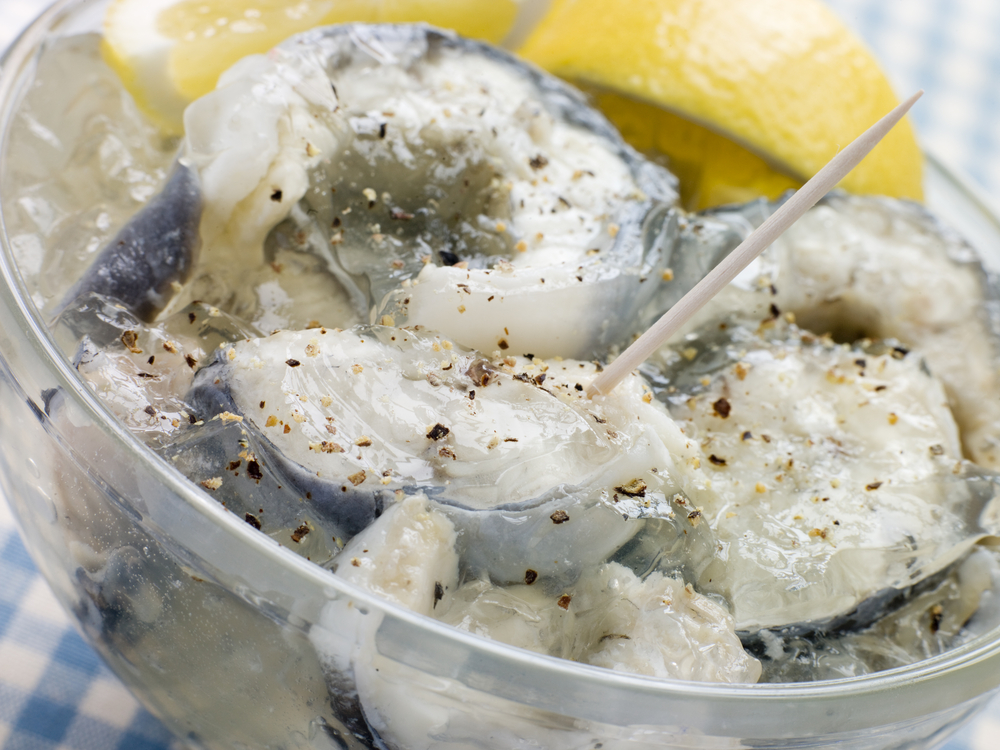
7. Kedgeree
Kedgeree comes from Kichari, a traditional Indian dish that mixes rice and vegetables. The British version combines smoked fish (mackerel, as an example), boiled eggs, peas, and herbs. This dish was listed as early as 1790 in the recipe book of Stephana Malcolm of Burnfoot, Dumfriesshire.
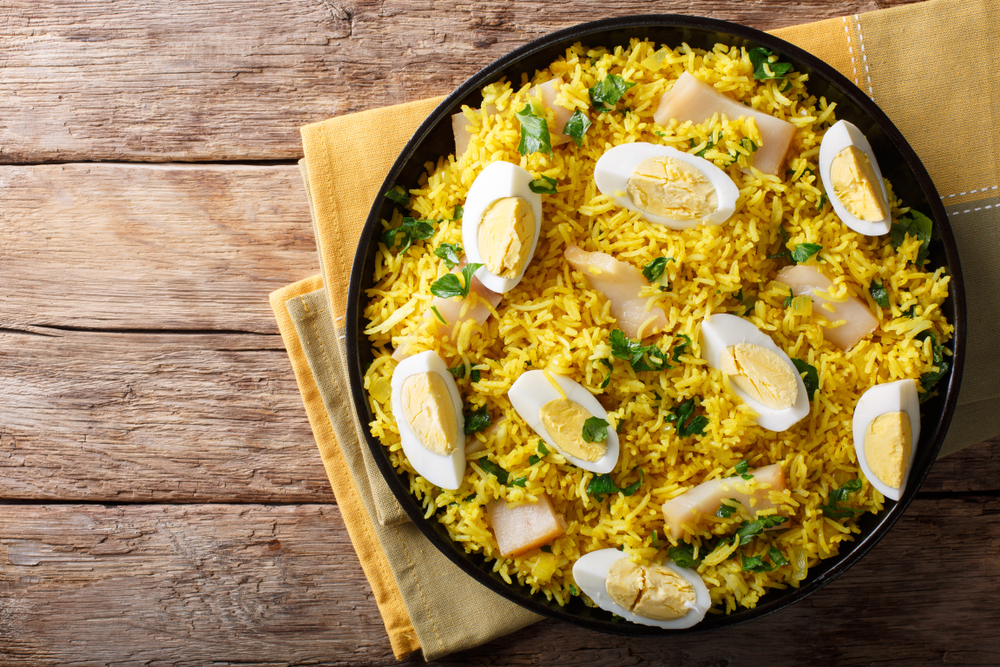
8. Liquor sauce
A sauce made with parsley and vinegar and is the classic accompaniment to pie and mash (meat pie with mashed potatoes), which originated in East London in the 19th century and is still popular today. Did you know that Liquor sauce was traditionally made using the water kept from the preparation of the stewed eels? However, many shops no longer use stewed eel water in their parsley liquor.
9. Toad in the hole
This is a simple, yet classic one-dish English meal. This dish is essentially sausages baked in Yorkshire pudding, served with onion gravy and your favourite veggies. Cut the sausages in half and stand them up in the pan, even if a few fall over some still emerge from the batter looking like a toad in the hole. The origin of the name is unclear, but it may refer to the way toads wait for their prey in their burrows, making their heads visible in the earth, just like the sausages peep through the batter.
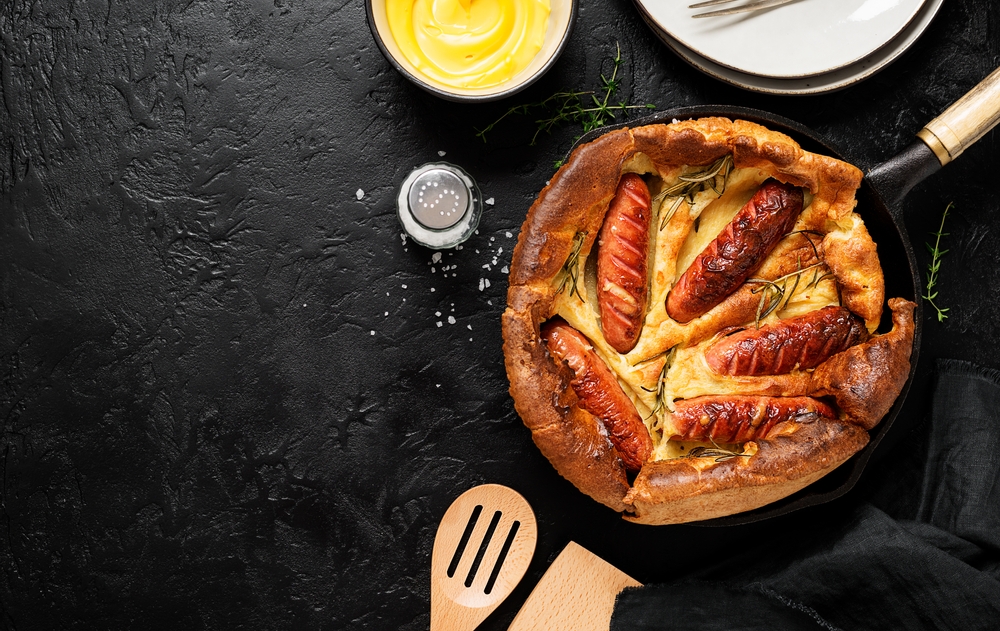
10. Laverbread
Laverbread is considered a Welsh delicacy and is made from edible seaweed that has been boiled for several hours before being minced and puréed. The seaweed is commonly found around the west coast of Great Britain, and the coasts of Ireland, where it is known as sleabhac. Popular in mining communities, Laverbread saw a decline around the mid-20th century as the popularity in ready-made processed meals was on the rise. The decline was so much that in the 1970s, BBC Radio 4 Food and Farming program saw it as a food that was to be assigned to the history books.
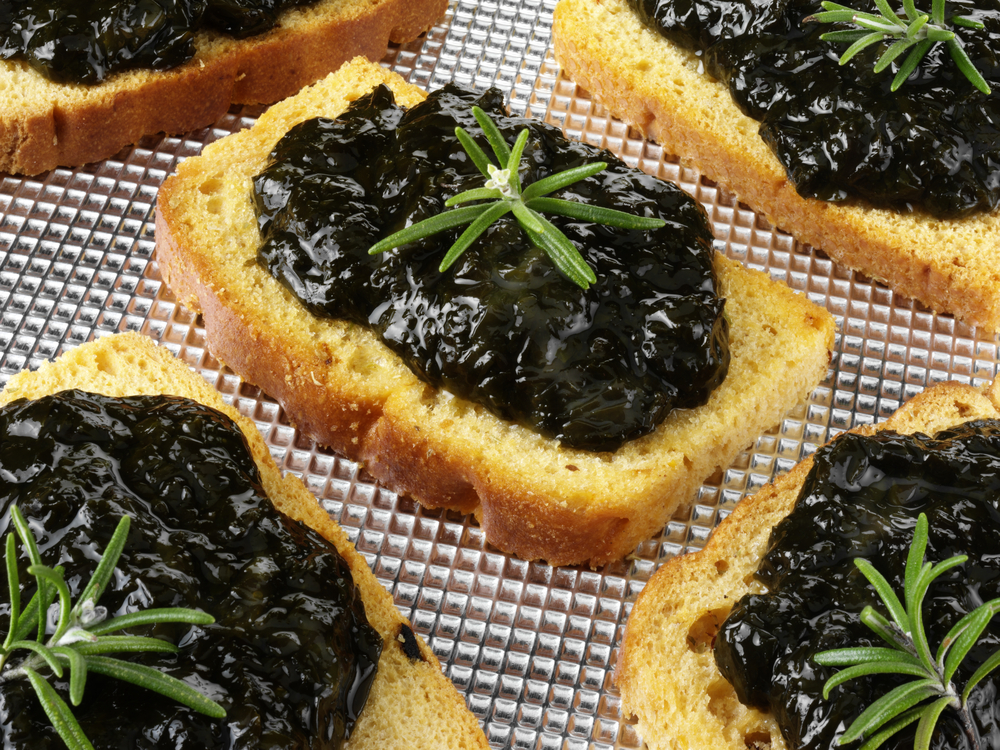
11. Cornish pasty
A pasty is a British baked pastry, a traditional variety of which is particularly associated with Cornwall, South West England but has spread all over the British Isles. The national dish of Cornwall, is a savoury flaky pastry pocket filled with beef and vegetables. It’s English comfort food at its very best! The modest recorded pasty recipe dates to 1746 and is kept as the Country Records Office in Truro. At least 120 million Cornish pasties are made each year, and generates around £300m worth of trade for the Cornish economy.
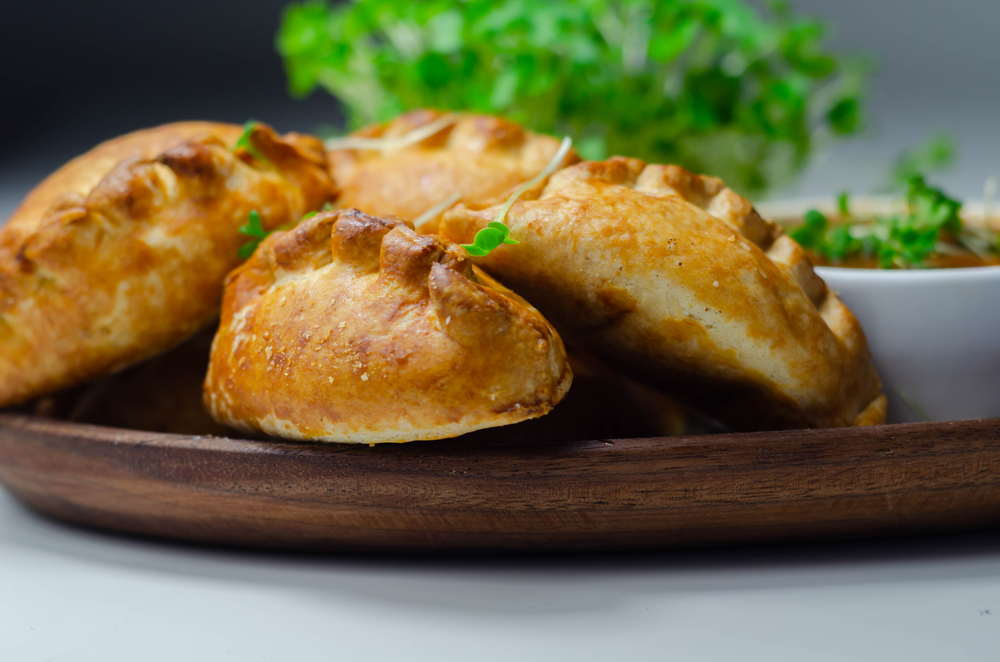
12. Scotch Woodcock
Scotch Woodcock is creamed scrambled eggs on buttered toast spread with a thin layer of anchovy paste or gentleman's relish (anchovy paste and spices), and it’s all topped off with a pinch of cayenne pepper. Fun fact, Scotch woodcock was served in the refreshment rooms of the House of Commons of the United Kingdom as late as 1949. It was also served historically at the colleges of the University of Cambridge and the University of Oxford, and it continues to be served at the Oxford and Cambridge Club as an alternative to sweet desserts or cheeseboard.

13. Ploughman’s lunch
Now this is a simple British dish consisting of chunky bread, cheese, cold meats, boiled eggs, and some pickles. It dates back to the humble days when rural labourers lived on a simple diet of bread, cheese, leeks, and onions. The name ‘ploughman’s lunch’ actually comes from a 1950s marketing campaign to promote the dish in pubs and increase cheese sales after rationing ceased.
